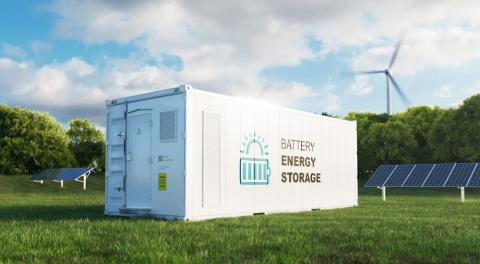This past January, Prime Minister Nguyen Tan Dung announced an auspicious review of new coal-fired power plants and a halt to existing coal-fired electricity-generation development in Vietnam.
It was a hopeful indication that the country with the world’s third largest “pipeline” of such projects was moving away from coal. Two months later, the government came out with revisions to its outline for how Vietnam will meet its electricity needs through 2030.
The good news was that the government was eliminating 23 gigawatts of new coal-fired generation, or about two dozen plants that had been on the drawing board. This is no small change. The capacity of those plants would have been equivalent roughly to the entire coal-generating capacity of Australia, a heavily coal-dependent nation. The plan also aimed explicitly to increase renewable-electricity production “for the purpose of reduced dependence on imported coal-fired electricity.”
Yet the revisions were not as sweeping as suggested by Dung, who left office in May. Indeed, if this new national electricity-generation proposal is followed, an additional 45 gigawatts of new coal plants will be built in Vietnam—15 gigawatts currently under construction plus 30 gigawatts being planned. By 2030, the government wants to have a total of 55 gigawatts of coal-fired electricity generation in operation, which is equivalent to the entire power-generating capacity of Germany! And while the installed capacity of renewables (hydropower, wind, solar and biomass) is projected under the new plan to account for 21 percent of total installed capacity by 2030, coal will still represent more than 53 percent of electricity generated in Vietnam by 2030.
THIS IS THE BAD NEWS, AND A SIGN THAT VIETNAM IS GOING DOWN THE WRONG ROAD energy-policy-wise. Indeed, if the Vietnamese government is serious about meeting its commitments to climate change policy, it has no room at all for any new coal plants.
Instead, the Vietnamese government should be developing an electricity-supply system for the future, not one from the past. The government’s revised plans include a goal of only 8 gigawatts of wind capacity by 2030 and 12 gigawatts of solar capacity by 2030, both extremely modest targets. Some countries are installing this much wind and solar annually. India, for example, is adding 12 gigawatts of solar in the coming year, and solar-generated electricity is now cheaper than coal-fired generation in some parts of India. An 800-megawatt solar plant is about to be built in Dubai to produce power for just under US3 cents per kilowatt-hour, which would be the cheapest electricity in the world. In 2015 alone, the U.S. added more than 8 gigawatts and China 30 gigawatts of wind power.
Vietnam, well endowed with renewables resources, is a natural candidate for following these models and could even become an economy that powers its electricity grid with sun, wind, agricultural waste and micro-hydropower projects.
It’s a viable goal with the right incentives and the requisite political will in place. The only thing stopping such progress is allegiance to an outdated national electricity policy based on climate-vulnerable hydropower and large centralized coal plants.
What Vietnam needs is a 21st-century electricity plan.
Nguy Thi Khanh is Executive Director of Green Innovation and Development Centre (GreenID), a Vietnamese non-profit organization that promotes sustainable energy-sector development in the Mekong region.

















